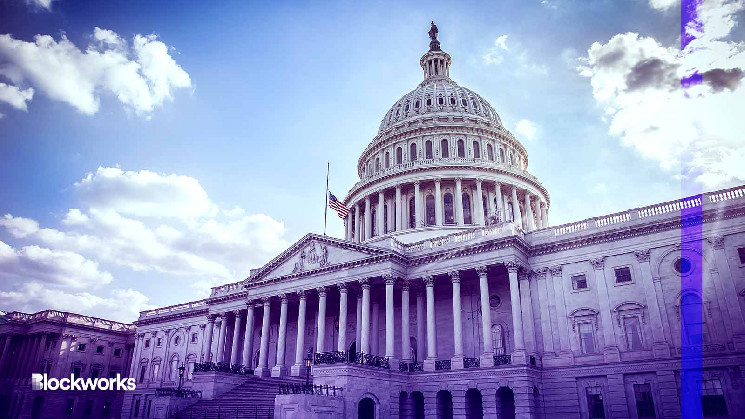Over the years, there has been a growing concern among regulatory agencies and investors alike about the cryptocurrency market, its operations, and the risks involved. With the global market capitalization of cryptocurrencies reaching a record high in recent months, these concerns have been fueled even further, and measures are being taken to regulate the cryptosphere.
One popular reference point by individuals in the industry to draw parallels with the traditional financial market is the ‘Dodd-Frank moment’ – referring to the Dodd-Frank Wall Street Reform and Protection Act, legislation enacted in response to the 2008 financial crisis in the United States. This landmark piece of legislation was designed to curb and prevent instances of market abuse, irresponsible risk-taking, and protect consumers.
Now, many believe the crypto industry is heading towards its own ‘Dodd-Frank moment’. Circle, one of the major companies in the blockchain payments industry, has recently weighed in on the topic during an interview with CoinDesk. Jeremy Allaire, the CEO and co-founder of Circle, provided his thoughts and concerns about the current landscape of regulatory bodies and how it may affect the future of digital currencies.
According to Allaire, what is unfolding now around the regulatory side for cryptocurrencies has similarities with the Dodd-Frank movement. However, he highlights that it would not just be a one-time event, but rather an ongoing evolution of regulation. The approach will likely be targeted at improving policies, refining frameworks, and enhancing enforcement capabilities over time, ultimately leading to responsible growth within the digital currency market.
He cites the recent interest shown by lawmakers and various government bodies not only in the U.S. but globally to ensure consumer protection and address financial crime risks as an indication that these regulations are imminent. The U.S. Senate Banking Committee, for example, was recently said to be planning a hearing focusing on stablecoins, the Federal Reserve has also hinted at possibly introducing its cryptocurrency, and the President’s Working Group on Financial Markets is expected to release a more detailed regulatory framework for stablecoins.
Allaire argues that the regulations would have both positive and negative implications for the industry. On the one hand, they could help legitimize the sector as regulators establish clearer and safer rules, while also safeguarding investors from fraud and scams. On the other hand, some market participants, especially smaller and newer projects, may be affected negatively due to the increased costs of compliance and potential barriers to entry resulting from these regulations. Moreover, current regulatory bodies may lack the experience and expertise to put the right policies in place, which could lead to further complications for the industry.
The Circle CEO believes that the ideal regulatory framework should take a more flexible and comprehensive approach. It should recognize the unique attributes of various digital assets and promote innovation. In this regard, he suggests that regulators should not disregard the use of decentralized blockchain technologies within the financial market, as this could contribute to better transparency, security, and efficiency in the future.
In conclusion, as the crypto industry continues to grow, it becomes more important now than ever for regulators to create clear and effective frameworks that tackle potential risks without hindering growth, innovation, and the emerging prospects of this market. The perceived “Dodd-Frank moment” may be an opportunity for regulators to learn from past experiences and mistakes while implementing forward-looking measures to support the potential that cryptocurrencies and blockchain technology offer for global financial inclusion and empowerment.
Developing an appropriate regulatory stance on cryptocurrencies will depend on the collaborative efforts of lawmakers, regulators, and industry leaders. If all parties can work together in a transparent and thoughtful manner, the future of this innovative market and its underlying technology would be well-equipped to withstand growing pains and achieve sustained success.
As more conversations unfold on this topic, it will become increasingly important for all concerned parties to gain understanding and reach consensus on key issues. These include ways to establish a regulatory framework that promotes stability in the crypto space and fosters investor protection, while at the same time maximizing the potential of this emerging technology to revolutionize global finance.
Is this the crypto industry’s ‘Dodd-Frank moment’? As Allaire mentioned, it may be just the beginning of a long journey, but one that holds the potential for tremendous growth in the sector if navigated with both care and foresight. For now, though, it remains clear that regulators, market participants, and stakeholders alike must be prepared to embrace change and uncertainty. As they do so, they will likely find that their combined efforts will result in a more robust, secure blockchain ecosystem for years to come.


